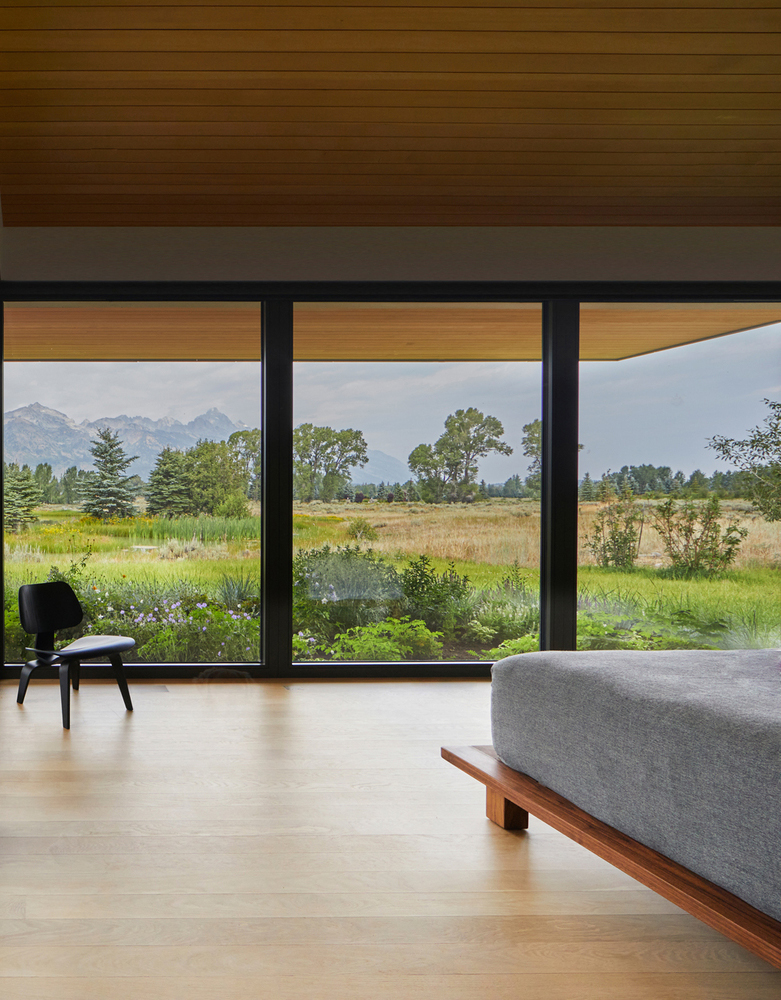CLT was the first step: now CLB is a giant leap
Construction methods have come a long way in the past few decades, evolving to meet the challenges posed by environmental concerns and the need for sustainability. With the construction industry contributing approximately 30% of greenhouse gas emissions, it has become imperative to explore innovative alternatives that reduce our carbon footprint. Cross Laminated Timber (CLT) has been a significant advancement in this regard, offering benefits such as reduced fossil fuel usage during manufacture, transport, and construction. However, a new player has emerged in the form of Cross Laminated Bamboo (CLB), taking sustainability to the next level.

The Rise of CLT and Environmental Factors
The environmental impact of traditional construction methods cannot be overlooked. As the construction industry grew, so did its contribution to greenhouse gas emissions. This realization prompted the development and increased use of CLT, a revolutionary construction material that offers improved environmental performance. CLT panels are made by layering and gluing multiple layers of timber, creating a strong and durable building component.
CLB: The Sustainable Alternative
While CLT has made a significant impact on reducing carbon emissions, it still relies on timber resources, which are becoming increasingly scarce. This is where Cross Laminated Bamboo (CLB) steps in. Cross Laminated Bamboo (CLB) applies the same technology as Cross Laminated Timber (CLT), but rather than laminating timber, it involves laminating bamboo, a giant grass, thus avoiding the need to cut down any trees. Bamboo is a highly renewable resource, known for its rapid growth and regenerative properties. By using bamboo instead of timber, CLB offers an even more sustainable solution.


Advantages of CLB over CLT
- Preservation of precious timber resources: CLB eliminates the need to deplete forests for construction materials. Bamboo can be harvested sustainably, allowing the natural regeneration of the resource.
- Reduced toxicity: The glues used in CLB manufactured by house of bamboo, are far less toxic compared to those commonly found in CLT. This ensures a healthier environment for both construction workers and occupants of the buildings.
- Faster growth and increased productivity: Bamboo grows significantly faster than traditional timber, enabling faster manufacturing and construction processes. This factor contributes to increased productivity and reduced project timelines.
- Enhanced strength and versatility: Despite being lightweight, bamboo exhibits impressive strength properties, making CLB an ideal alternative to traditional building materials. Its flexibility and adaptability allow for innovative architectural designs and versatile construction applications.


The Australian Construction Industry’s Challenges
While CLB holds great promise for sustainable construction, the adoption of new construction methodologies in Australia can be challenging. Compared to larger international markets, the scale of the national construction industry may limit the availability or viability of new technologies or materials. The establishment of onshore manufacturing facilities to offset the costs of importing materials from overseas can be prohibitively expensive. Nevertheless, the industry must continue to explore and embrace innovative solutions that align with sustainability goals.
Future Construction Techniques for Australia
Despite the challenges, several construction techniques are already being adopted or developed in Australia, paving the way for a more sustainable future:
- Prefabricated Construction: Prefabrication reduces construction waste, enhances quality control, and improves project efficiency. This method is gaining popularity and can be further optimized to minimize environmental impact.
- Modular Construction: Modular buildings offer flexibility, adaptability, and reduced construction time. They can be easily disassembled and reused, promoting resource conservation.
- Green Building Certifications: Certifications such as Green Star and LEED encourage environmentally conscious construction practices. Adopting these standards and regulations promotes sustainable building designs and operations. To achieve green building certifications, it’s essential to use products with green certifications, like those from House of Bamboo, which are distinguished by the highest rating from the Global GreenTag certification.
- Sustainable Materials: Beyond CLB, there are other sustainable construction materials like recycled steel, reclaimed timber, and advanced insulation materials that can further reduce the industry’s environmental footprint.
The construction industry is at a crucial crossroads, where sustainable alternatives like CLB are reshaping the way we build. While CLT has been a significant step forward in reducing carbon emissions, CLB offers an even more sustainable solution by utilizing renewable bamboo resources. With its advantages of preserving timber resources, reduced toxicity, faster growth, and enhanced strength, CLB proves to be a giant leap in construction methods.

As we move forward, it is crucial for the Australian construction industry to prioritize sustainability and actively seek out and embrace new methodologies that align with environmental goals. By doing so, we can create a greener, more sustainable future for construction, reducing our impact on the environment and contributing to a more resilient and eco-friendly built environment. CLB represents a significant step in this journey, and its potential for transforming the construction landscape is both exciting and promising.
